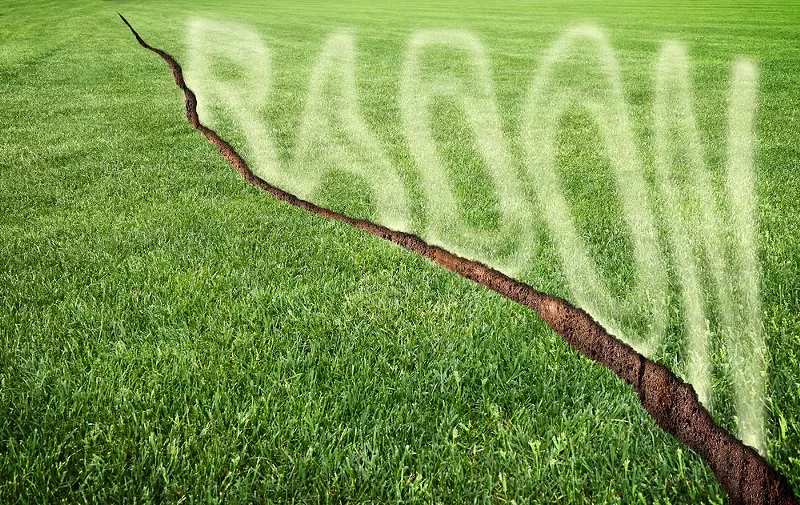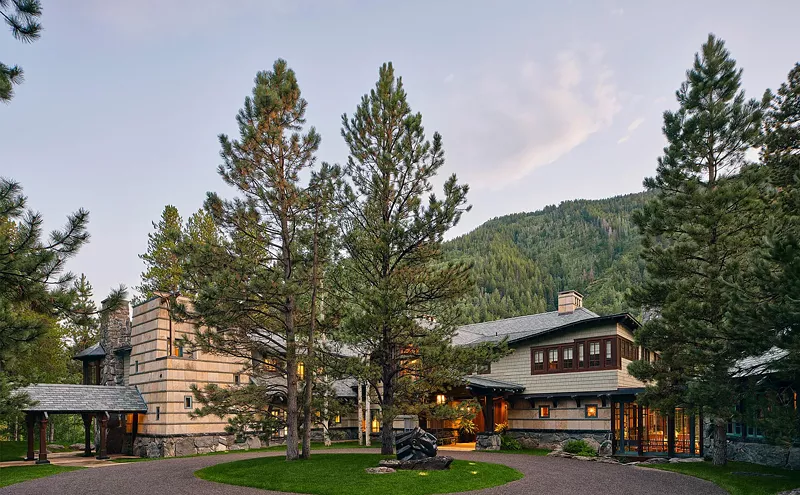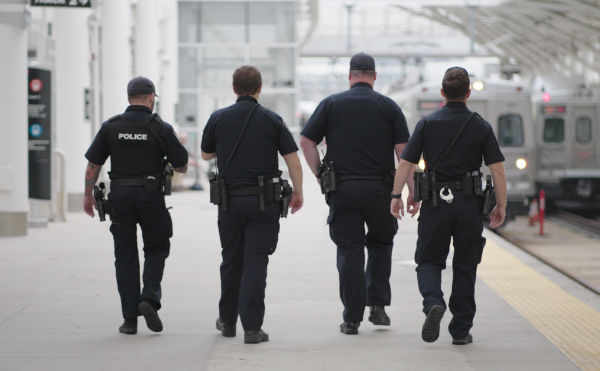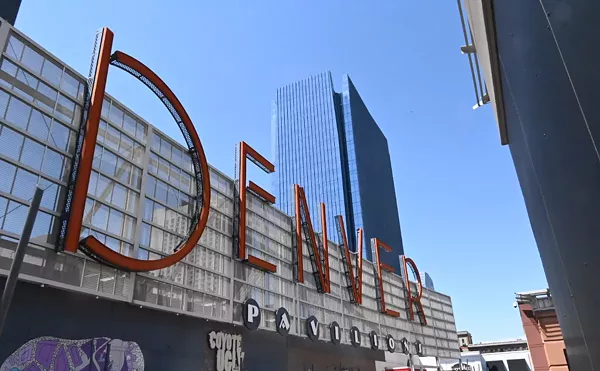Chrystine Kelley has overseen all things radon at the Colorado Department of Public Health and Environment for fifteen years; lately she's been busy fielding calls from homeowners looking to take advantage of the state's free test kits as part of National Radon Action Month. And for the first time, CDPHE is extending its offer for free kits through February.
"We don’t want to scare people. It's not like carbon monoxide, where you have to get out of your house when it starts getting in," says Kelley, the state's radon program manager.
Radon results from the natural radioactive decay of uranium and thorium in rocks, soil and groundwater. When those two elements decay, they release a tasteless, odorless and invisible gas called radon. Colorado, as it turns out, is a notorious emitter of the radioactive gas. In fact, the state is ranked seventh in the nation for highest radon levels, Kelley says, and residents in every county are at risk for detrimental rates of indoor radon exposure.
The problem is, any level of radon is dangerous to human health. In Colorado, about 500 lung-cancer deaths occur annually as a result of radon exposure, and more than 20,000 such deaths occur in the U.S. every year, which makes radon the second leading cause of lung cancer after smoking, according to the U.S. Centers for Disease Control and Prevention.
Radon is everywhere, including an extremely small amount in the ambient outdoor air we breath. (For all the science nerds out there, it's about four-tenths of a picocurie per liter.) But indoors, that number can grow exponentially. More than half of the homes across the state register above the Environmental Protection Agency's level of indoor acceptable radon levels of four picocuries per liter, according to CDPHE. In Denver, the average radon levels was 5.39 picocuries per liter of the roughly 3,000 samples taken in the county between 2011 and 2015.
"In our homes, that stack effect causes everything from the bottom to go up. You have a natural vacuum in your house that pulls air from the bottom to the top," Kelley says. "The problem is when it gets trapped in your house, the levels can increase.”
The effects of radon exposure in homes isn't immediately life-threatening, but the effects build over time. That's why the state and county health departments urge residents every year to test their homes. The process is simple. CDPHE has a printable coupon online (only redeemable once per household) that is mailed to the Radon Testing Corporation of America. Once the coupon is printed and mailed, RTCA sends a charcoal vial test kit to that household. The vial is unsealed and placed in the "lowest livable area of the home" for the best reading. (Keep it away from walls and off the floor.) After a 48-hour reading, the vial is repackaged and shipped back to RTCA for analysis.
Homes with basements aren't the only ones that should be tested. Unless a home is on stilts, there's potential for radon exposure.
"It doesn’t matter if you have a house with a basement or a crawl space," Kelley says. "It can be any type of house — basement, non-basement, ranch-style. If they have contact with soil, they have potential to have radon problems.”
If the test results come back and it's not looking good, remediation is the next step. Certified contractors can be found through the National Radon Safety Board and the National Radon Proficiency Program.
Radon testing, while recommended, is not required for homes, offices or businesses. Only schools and daycare facilities are required to conduct tests, which are considered public record.
"The unfortunate thing is, you really don’t know [that you're exposed] until you get lung cancer,” Kelley says. "If you can test your home and mitigate it, you can prevent it.”

Audio By Carbonatix
[
{
"name": "GPT - Billboard - Slot Inline - Content - Labeled - No Desktop",
"component": "23668565",
"insertPoint": "2",
"requiredCountToDisplay": "2"
},{
"name": "STN Player - Float - Mobile Only ",
"component": "23853568",
"insertPoint": "2",
"requiredCountToDisplay": "2"
},{
"name": "Editor Picks",
"component": "17242653",
"insertPoint": "4",
"requiredCountToDisplay": "1"
},{
"name": "Inline Links",
"component": "18838239",
"insertPoint": "8th",
"startingPoint": 8,
"requiredCountToDisplay": "7",
"maxInsertions": 25
},{
"name": "GPT - 2x Rectangles Desktop, Tower on Mobile - Labeled",
"component": "24956856",
"insertPoint": "8th",
"startingPoint": 8,
"requiredCountToDisplay": "7",
"maxInsertions": 25
},{
"name": "Inline Links",
"component": "18838239",
"insertPoint": "8th",
"startingPoint": 12,
"requiredCountToDisplay": "11",
"maxInsertions": 25
},{
"name": "GPT - Leaderboard to Tower - Slot Auto-select - Labeled",
"component": "17676724",
"insertPoint": "8th",
"startingPoint": 12,
"requiredCountToDisplay": "11",
"maxInsertions": 25
}
]












